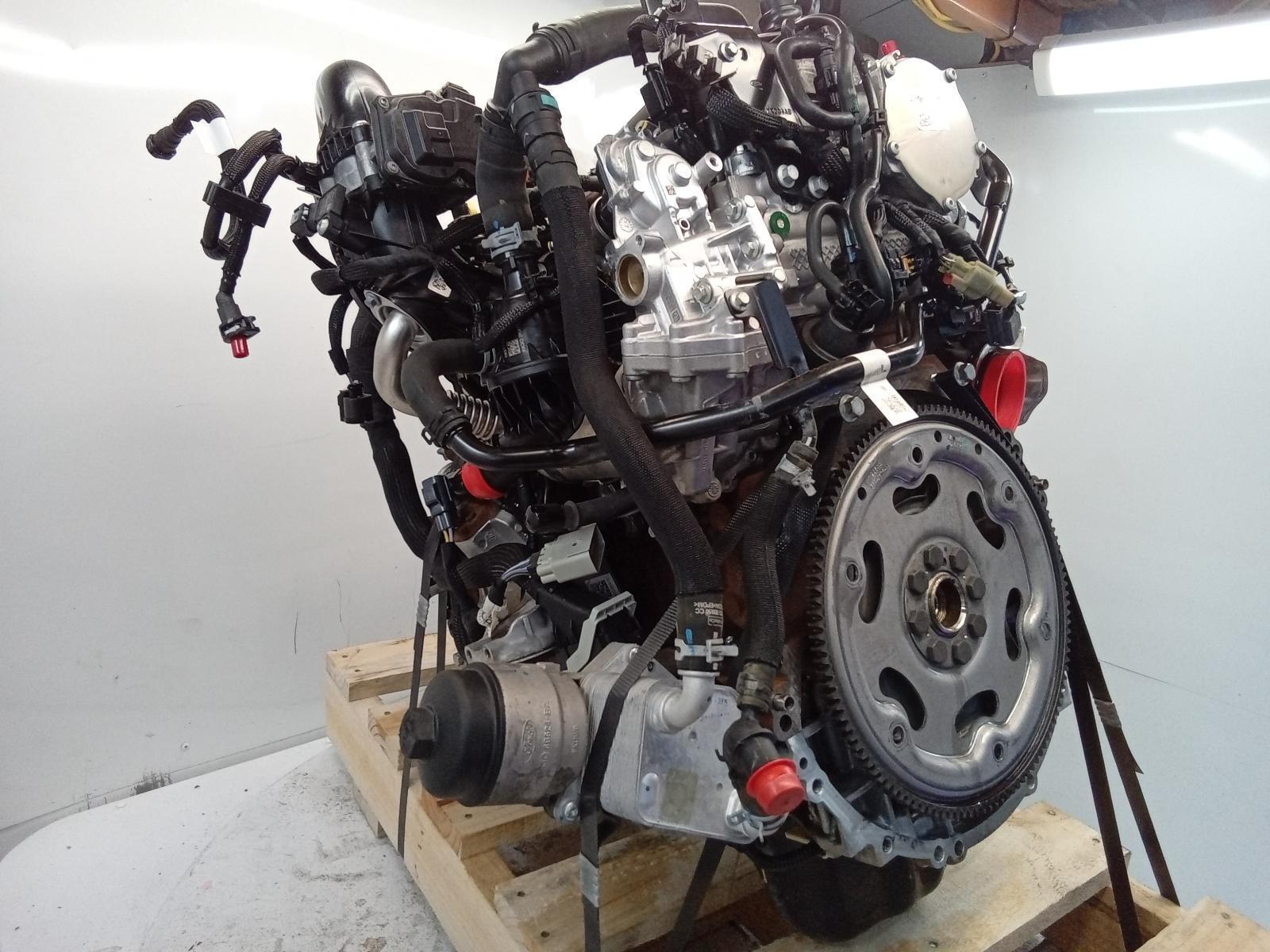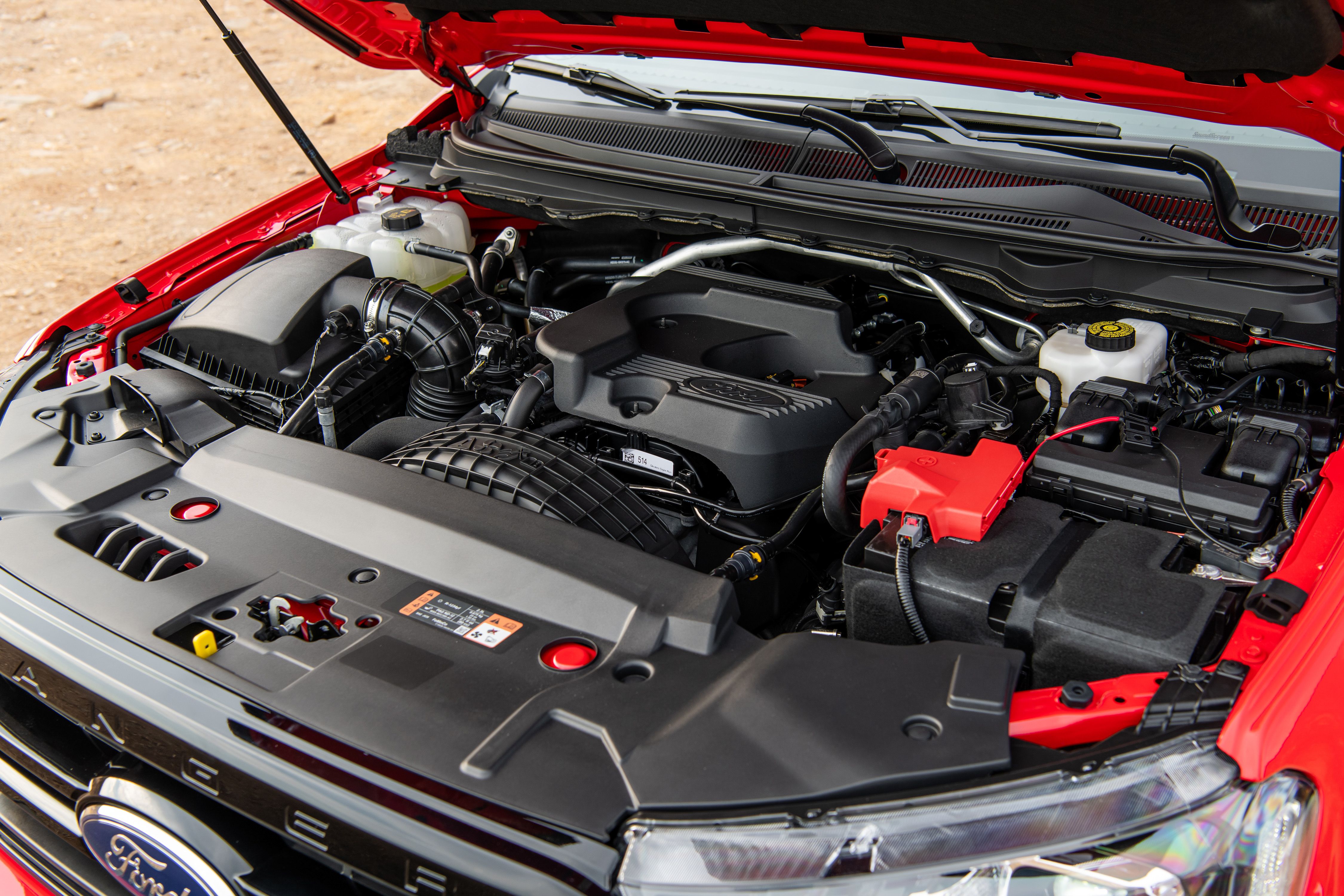Get to Know the Power and Reliability of the 2.2 Ford Ranger Engine for Any Job
Get to Know the Power and Reliability of the 2.2 Ford Ranger Engine for Any Job
Blog Article
Recognizing the Essentials of Car Engines: Kinds, functions, and features

Overview of Vehicle Engines
A cars and truck engine works as the heart of an automobile, transforming gas into mechanical energy to push it ahead. This elaborate system makes up numerous components that operate in unison to guarantee optimal efficiency and efficiency. The fundamental procedure of a car engine includes the internal burning process, wherein gas and air are mixed, sparked, and gotten rid of to produce power.
The engine's design can dramatically affect its performance, gas effectiveness, and emissions. Key parts include the cylinder block, pistons, crankshaft, and camshaft, each playing a crucial role in the engine's overall feature. The cylinder block houses the cylinders where burning takes place, while the pistons convert the eruptive power from burning right into direct motion. This movement is after that transformed into rotational power by the crankshaft, enabling the vehicle's wheels to transform.
Along with these elements, engines usually make use of different systems such as fuel shot, ignition, and cooling down systems to enhance performance and longevity. Comprehending the standard auto mechanics of automobile engines is necessary for carrying out and diagnosing issues upkeep, inevitably adding to the lorry's reliability and performance in time.

Sorts Of Car Engines
Cars and truck engines can be classified right into numerous types based upon their style, gas type, and functional principles. 2.2 ford ranger engine. One of the most common categories consist of inner combustion engines (ICE), electrical engines, and crossbreed engines
Internal combustion engines, which can be more divided into gas and diesel engines, operate by igniting a fuel-air mixture to produce power. Gasoline engines are generally lighter and smoother, while diesel engines are extra fuel-efficient and deal greater torque.
Electric engines use electrical power kept in batteries to power an electric motor, supplying immediate torque and zero discharges throughout procedure. As innovation developments, electrical cars (EVs) are progressively becoming preferred for their environmental advantages and lower running prices.
Hybrid engines incorporate aspects of both internal burning and electric engines, enabling flexible source of power and enhanced fuel efficiency. They can run in numerous settings, making use of either the gasoline engine, the electrical motor, or both at the same time.
Each kind of engine has distinctive advantages and negative aspects, affecting their application in various lorry kinds and market sections, from small automobiles to durable trucks. Understanding these kinds is essential for making informed decisions regarding automobile choice and efficiency expectations.
Engine Features Clarified
Comprehending engine functions is vital for understanding just how automobiles operate effectively. At the core of any inner combustion engine lies the fundamental procedure of converting gas into power. This procedure begins with the consumption stroke, where air and fuel are attracted into the burning chamber. Following this, the compression stroke presses the air-fuel blend, enhancing its temperature and stress.
The ignition happens following, firing up the blend and creating a rapid growth of gases. This official site pressure drives the piston down throughout the power stroke, which eventually converts into the rotational movement of the crankshaft. The exhaust stroke then eliminates the spent gases from the chamber, making method for a brand-new cycle to start.
Along with these main features, engines likewise incorporate systems that manage air conditioning and lubrication, ensuring ideal operational temperatures and reducing rubbing in between moving parts. This detailed interaction of functions allows the engine to create the power necessary for lorry propulsion while keeping effectiveness and reliability. Recognizing these functions provides beneficial understanding right into the complexities of auto design and enhances the ability to detect and attend to engine-related problems efficiently.
Secret Engine Functions
Engine layout encompasses several essential functions that dramatically affect toughness, effectiveness, and performance. One of one of the most essential elements is the engine configuration, which includes inline, V-type, and flat styles. Each configuration affects the engine's equilibrium, dimension, and power outcome, thus affecting overall vehicle characteristics.
Another crucial function is the engine displacement, describing the overall volume of all cyndrical tubes. Larger variations generally produce even more power yet may endanger gas efficiency. Engine materials additionally play a pivotal role; light-weight and high-strength products, such as aluminum and magnesium alloys, improve efficiency without including too much weight.
The kind of gas injection system utilized-- such as direct or multi-port shot-- impacts burning effectiveness and emissions. Turbo charging and turbocharging are features that enhance engine efficiency forcibly extra air into the burning chamber, boosting power result without dramatically increasing engine size.
Lastly, the existence of innovative engine administration systems enhances fuel-air Read More Here blend and ignition timing, adding to smoother procedure and much better gas economy. Jointly, these attributes specify an engine's abilities, setting the foundation for its efficiency and long life in a competitive automobile landscape.
Maintenance Tips for Engines
Correct engine upkeep is critical for ensuring optimum efficiency and durability, as overlooking routine care can result in considerable problems down the line. To preserve your engine successfully, begin with routine oil adjustments, typically every 3,000 to 7,500 miles, depending on the type of oil utilized. Fresh oil lubes engine parts, minimizing friction and wear.
Additionally, keeping track of coolant levels is essential to protect against getting too hot. Make sure that the coolant is topped up and is in good problem to keep reliable temperature policy. On a regular basis evaluate and replace air and gas filters, as stopped up filters can hinder air flow and fuel shipment, jeopardizing engine efficiency.
Moreover, take note of stimulate plugs and ignition systems. Worn or malfunctioning stimulate plugs can result in misfiring and minimized performance. Examining the battery terminals and connections for rust is also essential, as a weak battery can affect engine beginning.

Final Thought
In recap, a thorough understanding of auto engines encompasses various kinds, functions, and key functions that substantially affect automobile efficiency. Inner burning engines, along with electric and hybrid alternatives, demonstrate diverse systems for power conversion. 2.2 ford ranger engine. Identifying the necessary functions, such as intake and exhaust cycles, alongside vital engine functions like setup and fuel injection systems, equips car proprietors with the knowledge needed for efficient maintenance and operation, inevitably boosting lorry long life and efficiency
A car engine serves as the heart of a vehicle, transforming fuel into mechanical power to propel it onward. The essential operation of a vehicle engine entails the interior combustion procedure, where fuel and air are combined, sparked, and gotten rid of to produce power.
Consistently check and replace air and gas filters, as stopped up filters can hinder air movement and fuel distribution, jeopardizing engine efficiency. - 2.2 ford ranger engine
In recap, an extensive understanding of automobile engines encompasses numerous types, functions, and vital attributes that substantially influence car performance. Recognizing the essential functions, such as intake and exhaust cycles, alongside crucial engine features like configuration and gas injection systems, equips car owners with the expertise needed for effective maintenance and operation, eventually boosting automobile longevity and performance.
Report this page